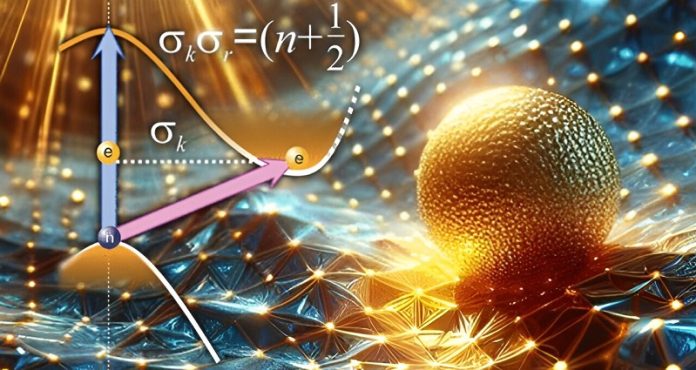
Scientists from the University of California, Irvine, have discovered a groundbreaking way to dramatically enhance the optical properties of materials, including silicon, a crucial component in electronics and solar cells.
Instead of changing the materials themselves, the researchers found that by altering the properties of light, they could make materials like silicon much more efficient at absorbing light.
This breakthrough, detailed in the journal ACS Nano, could revolutionize solar energy and optoelectronics.
Traditionally, it’s been believed that the interaction between light and matter depends solely on the properties of the material.
However, the research team, led by Dmitry Fishman, an adjunct professor of chemistry, has challenged this notion.
“By giving light new properties, we can fundamentally reshape how it interacts with matter,” Fishman explained.
“This allows existing materials to achieve capabilities we never thought possible. It’s like waving a magic wand—enhancing the properties of materials simply by modifying the incoming light.”
This innovative approach stems from a principle in quantum physics known as the Heisenberg uncertainty principle.
When light is confined to extremely small scales, its momentum—or the way it moves—changes significantly.
According to Eric Potma, a co-author of the study, “The momentum of light increases so much in these conditions that it becomes comparable to the momentum of electrons in materials.”
This means that light can now interact with materials in entirely new ways.
One of the most exciting outcomes of this research is its impact on silicon. Silicon is the second most abundant element on Earth and is widely used in modern electronics, including solar panels.
However, silicon is an “indirect semiconductor,” which means it’s not very good at absorbing light. This has been a major limitation in improving the efficiency of solar cells made from silicon.
In an indirect semiconductor like silicon, when light (in the form of photons) hits the material, it usually requires help from other particles, called phonons, to change the energy state of electrons.
This makes the process of absorbing light inefficient, which is why silicon solar cells need to be quite thick—about 200 micrometers—to capture enough sunlight. These thick layers increase production costs and reduce efficiency.
The new approach developed by Fishman and his team offers a solution to this problem.
By manipulating the momentum of light, they can make photons in silicon change both the energy and momentum of electrons at the same time.
This effectively turns silicon into a “direct bandgap semiconductor,” meaning it can now absorb light much more efficiently without needing phonons. As a result, silicon’s ability to absorb light increases by several orders of magnitude.
This breakthrough means that silicon layers in solar cells could be made much thinner, which would lower costs and improve efficiency. Additionally, because this new technique doesn’t require any changes to the silicon material itself, it could be easily integrated into existing manufacturing processes.
The implications of this discovery are far-reaching. “Transforming silicon into a direct bandgap semiconductor through enhanced photon momentum has the potential to revolutionize energy conversion and optoelectronics,” said Ara Apkarian, a distinguished professor of chemistry involved in the study.
The researchers are just beginning to explore the possibilities, but the immediate impact is already clear—this could be a game-changer for the future of solar energy and beyond.



